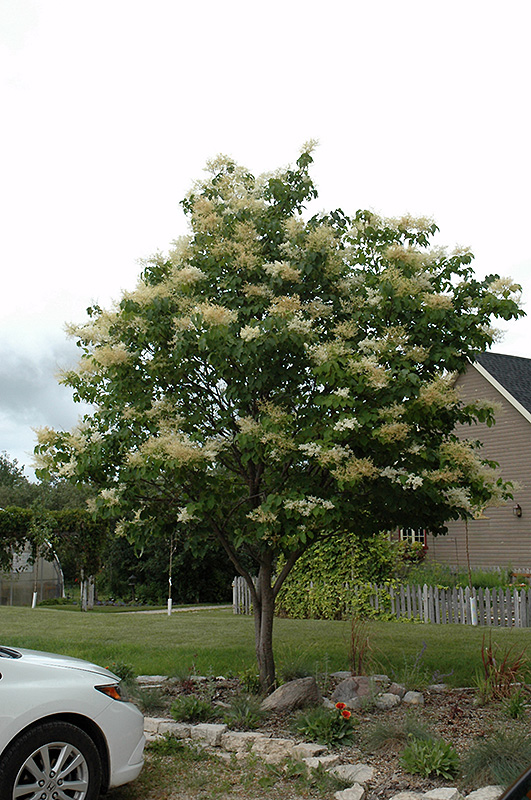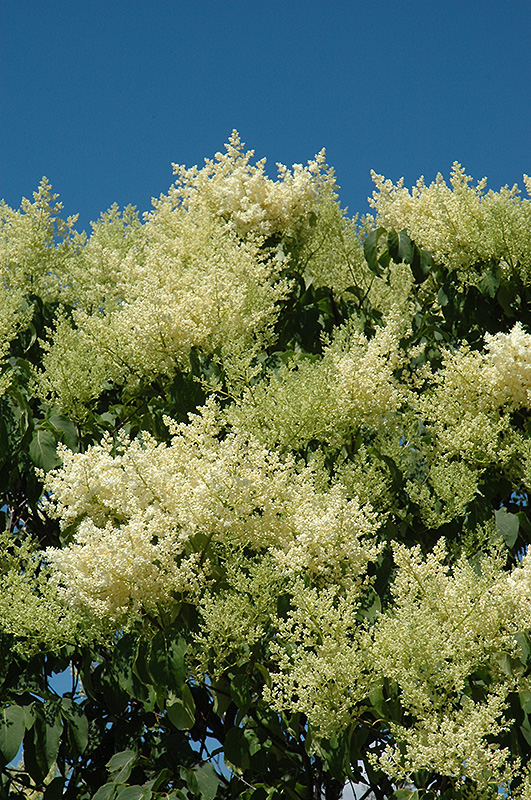PLANT FINDER
Height: 25 feet
Spread: 20 feet
Sunlight:
![]()
Hardiness Zone: 3a
Description:
One of the finest small specimen trees available, with frothy upright panicles of creamy white flowers in early summer; interesting steel-gray bark and a neat, upright habit, a perfect choice for smaller home landscapes; full sun and well-drained soil
Pollinator Friendly Plants
Have your garden come alive and buzzing with activity with these pollinator friendly plant options. Look for plants tagged with this promotion title: "Pollinator Friendly Plants" to add to your garden. You can also look for pollinator plants by scrolling to the bottom of each plant page and looking for the "butterfly" symbol. Click "Learn more about this promotion!" for some more inspiration and articles from one of our growers, Monrovia!
Learn more about this promotion!
Ornamental Features
Japanese Tree Lilac features showy plumes of fragrant creamy white flowers rising above the foliage from late spring to early summer. It has dark green deciduous foliage. The pointy leaves do not develop any appreciable fall color. The smooth dark red bark adds an interesting dimension to the landscape.
Landscape Attributes
Japanese Tree Lilac is a multi-stemmed deciduous tree with an upright spreading habit of growth. Its average texture blends into the landscape, but can be balanced by one or two finer or coarser trees or shrubs for an effective composition.
This is a relatively low maintenance tree, and should only be pruned after flowering to avoid removing any of the current season's flowers. It is a good choice for attracting butterflies to your yard, but is not particularly attractive to deer who tend to leave it alone in favor of tastier treats. It has no significant negative characteristics.
Japanese Tree Lilac is recommended for the following landscape applications;
- Accent
- Shade
Planting & Growing
Japanese Tree Lilac will grow to be about 25 feet tall at maturity, with a spread of 20 feet. It has a low canopy with a typical clearance of 5 feet from the ground, and is suitable for planting under power lines. It grows at a medium rate, and under ideal conditions can be expected to live for 40 years or more.
This tree should only be grown in full sunlight. It prefers to grow in average to moist conditions, and shouldn't be allowed to dry out. It is not particular as to soil type or pH. It is highly tolerant of urban pollution and will even thrive in inner city environments. This species is not originally from North America.


